The current 2019-nCoV (example image in Figure 1) global pandemic has highlighted the importance of; animal reservoirs (and intermediate animal hosts) of disease, animal origins of human disease and zoonotic diseases and raises (again) the possibility of potential foodborne Coronavirus transmission. This disease has been postulated to have crossed, probably in late November 2019, from animals to humans at Huanan Seafood Wholesale Market (Figure 2) in Wuhan, China. I say postulated, because there are more links between this market and early reported cases of the disease, than not. In fact, 55% of all cases reported in 2019 (n = 425) had contact with the market (Li et al., 2020). However, interestingly, the first reported case had no contact with this market. Thus, an element of doubt exists regarding the degree of involvement of this market. Anyway, this huge ‘wet’ market comprises over 1 000 stalls and is a substantial trading area for a multitude of different species of animals, both live and dead. Most of the trade is for food purposes, i.e. human consumption, but some are for traditional Chinese medicine (TCM), where certain body parts of sometimes rare species are used for therapeutic purposes.
While the presence of this, or indeed other, viruses in animals sold as food doesn’t constitute a foodborne disease as such, in theory they could very well be a foodborne disease, in addition to their recognition as a zoonoses. However, the Advisory Committee on the Microbiological Safety of Food (2015) has stated that no direct evidence exists for foodborne transmission of the SARS Coronavirus or the H5N1 Influenza virus and that direct contact with animals is the likely means of transfer of these viruses from animals to humans. Presumably this could be the situation with 2019-nCoV too? However, Rodriguez-Morales (2020) states “the possibility of foodborne transmission from animal derived matter which has recently been highlighted to influence the current epidemic”. Certainly, the potential for foodborne transmission is there but they would probably get stopped in their tracks, so to speak, during cooking, since viruses tend to be rather heat sensitive.
All this got me thinking and investigating online about zoonoses in general, and I was reminded that many, many diseases are in fact zoonotic (Figure 3). I forgot that HIV/AIDS was (is?) a zoonoses that originated in a non-human source. Many other common diseases, including recognised foodborne disease are zoonotic as well. In fact, typically the two most common foodborne diseases in many parts of the world, infection from Campylobacter and from Salmonella, are considered zoonotic infections. These of course, primarily originate from poultry flocks, with occurrence so widespread that it is safer to regard or poultry and poultry products (for example eggs) as contaminated, than non-contaminated. Fortunately from the perspective of public health, these bacteria have low heat resistance and are easily eliminated by standard cooking procedures. By and large, the same could be said for viruses present in animals as food sources. However, while the temperature for viral inactivation might be similar to bacteria, they rate of inactivation is seen to be slower. Therefore, a pasteurisation process may not be effective in eliminating viruses like it is for elimination of bacteria.
Another aspect to consider is the complexities of managing the microbial or disease-free status of animals that are sold as food. In western countries, where the palate might be regarded as simpler, a rather limited number of animal species are reared for food purposes. The vast majority of animal meat consumed probably comes from a limited number of species, most of which are farmed (rather than wild caught) under tightly controlled and regulated agriculture or aquaculture environments. This enables the farmer and government regulators to closely monitor disease status and in turn, act swiftly if something is amiss with regard to the health status of the animals which might post a threat to human health. With such controls, regulation and monitoring in place, foodborne disease outbreaks still occur that can be traced back to primary production. Imagine then, in a market where a myriad of animal species are sold – some alive and some dead, some wild-caught and some from small-scale family farms (Figures 4 and 5). With less knowledge and less understanding of the disease status of the animals, the presence of asymptomatic infections and how to manage any risks, one would think this situation poses an almost insurmountable task with regard to personal safety, food safety and indeed public health. For example, we just really don’t know what is going on with wild animal reservoirs of human disease (Figure 6) and indeed, the animal origins of human disease. As we are not (and from a practical perspective, cannot do so) monitoring wild animal populations for their disease status, or asymptomatic infection status, we just don’t know what viruses, bacteria or protozoan parasites they are harbouring and how they are mutating and if and when they might cross the species barrier to other animal species or humans.
It seems there are many sources of the problem, with Li et al. (2020) raising another when they state that positive attitudes towards the consumption of wild-caught game meat is at the root of the problem. Regardless, I feel that this 2019-nCoV situation reminds us to be vigilant – there is much we don’t know about virulence and pathogenesis of infectious diseases and even when we have controls, monitoring and regulations in place, anything can still go amiss, simply because we’re dealing with an unpredictable dynamic biological system. Therefore, as a global community let’s work together, let’s contribute together, let’s share together!
References
Advisory Committee on the Microbiological Safety of Food Adhoc Group on Foodborne Viral Infections. An update on viruses in the food chain. London: Food Standards Agency; (2015); pp. 1–136 http://acmsf.food.gov.uk/sites/ default/files/acmsf-virus-report.pdf. [Accessed 11 February 2020]
Li, J., Li, J., Xie, X., Cai, X., Huang, J., Tian, X., & Zhu, H. (2020). Game consumption and the 2019 novel coronavirus. The Lancet Infectious Diseases. https://doi.org/10.1016/S1473-3099(20)30063-3
Li, Q., Guan, X., Wu, P., Wang, X., Zhou, L., Tong, Y., … & Xing, X. (2020). Early Transmission Dynamics in Wuhan, China, of Novel Coronavirus–Infected Pneumonia. New England Journal of Medicine. https://doi.org/10.1056/NEJMoa2001316
Rodriguez-Morales, A. J., Bonilla-Aldana, D. K., Balbin-Ramon, G. J., Rabaan, A. A., Sah, R., Paniz-Mondolfi, A., Pagliano, P. & Esposito, S. (2020). History is repeating itself: Probable zoonotic spillover as the cause of the 2019 novel Coronavirus Epidemic. Le Infezioni in Medicina 1 : 3-5.
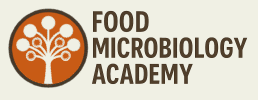
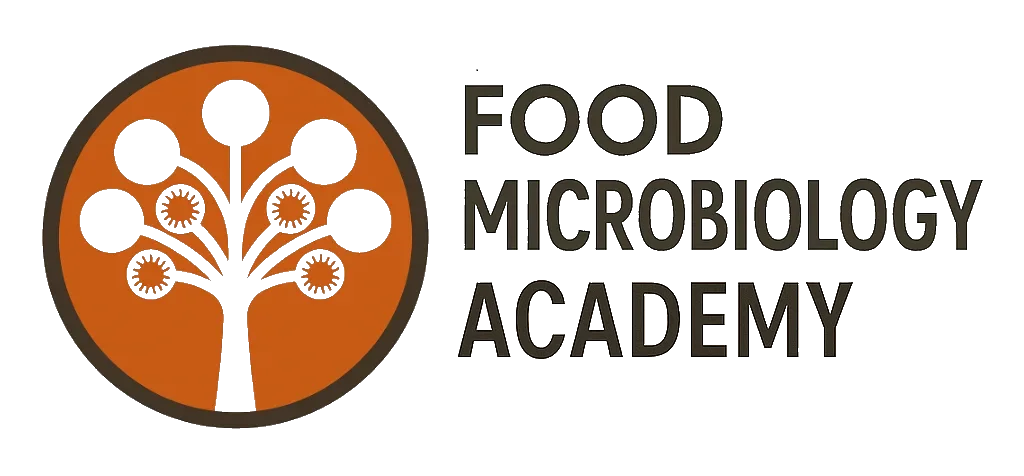


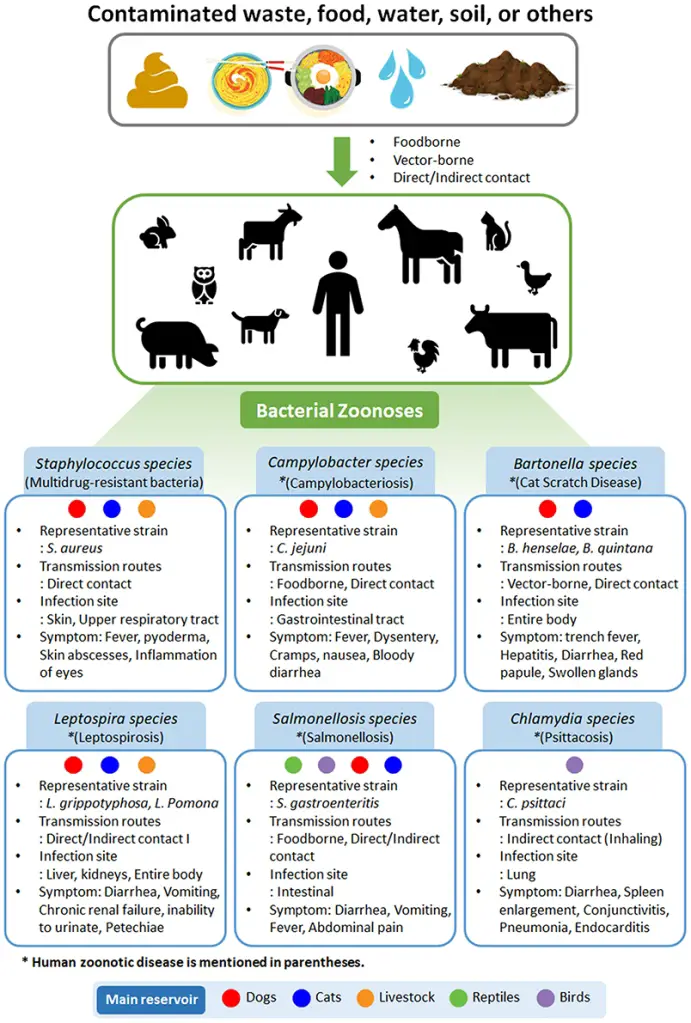
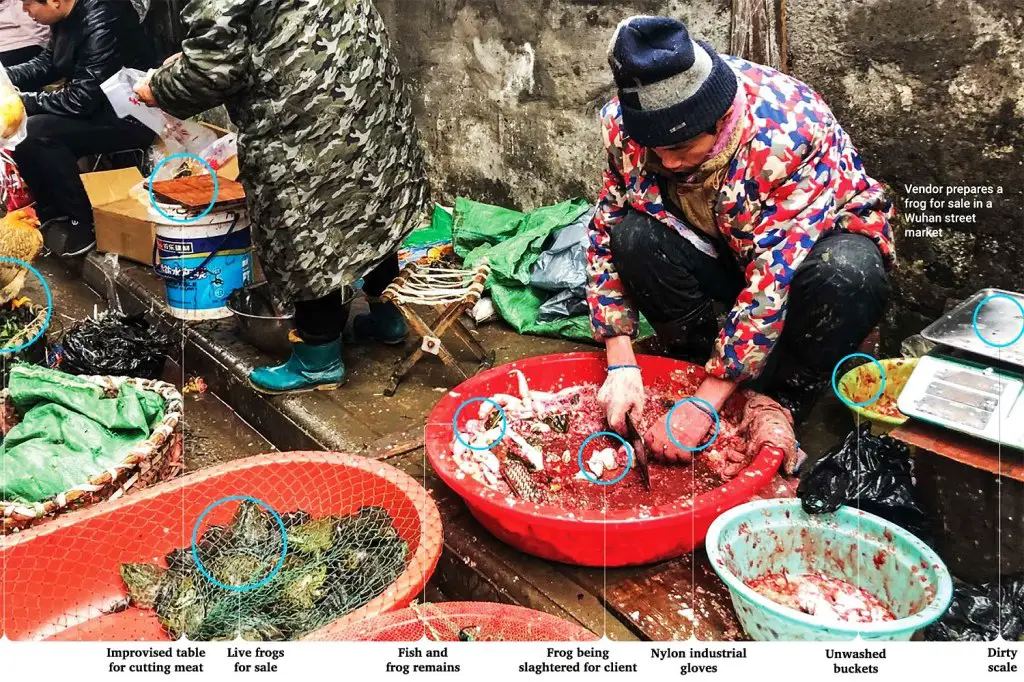
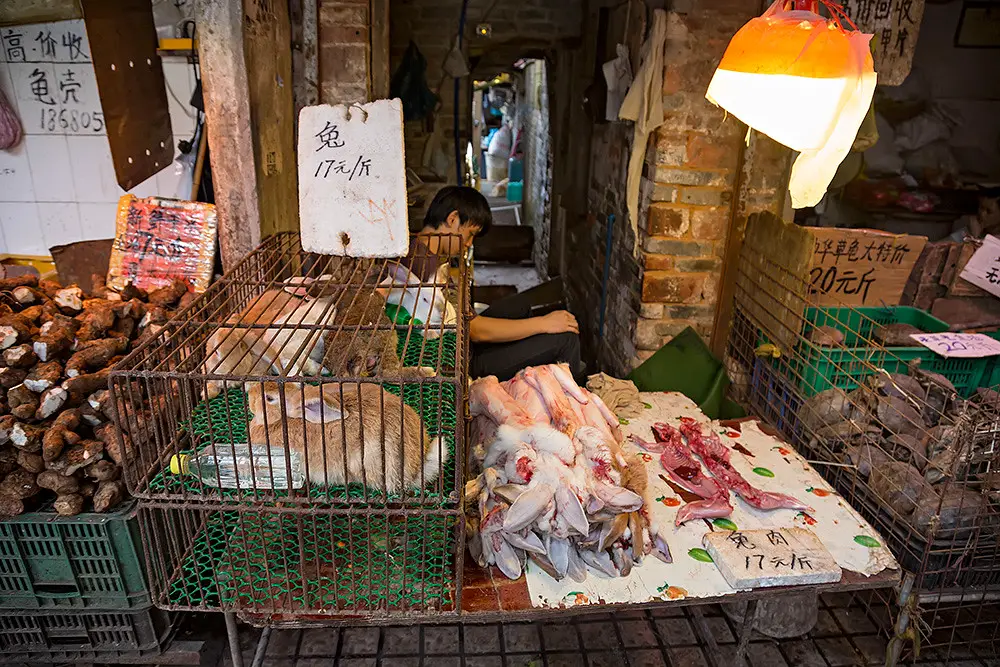
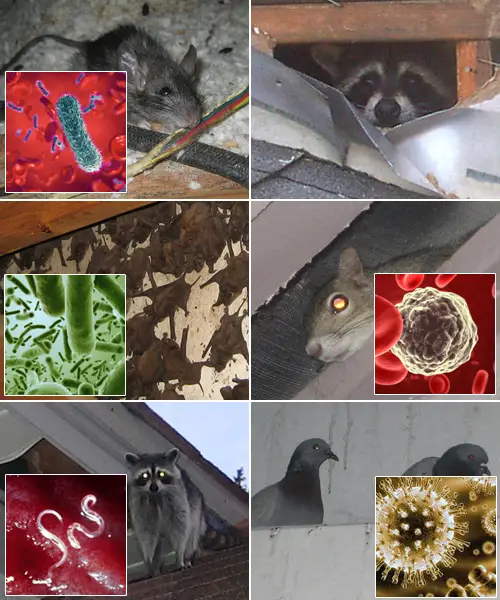


Philip Button I love the diagrams and the way you weave different disciplines together – scientific, cultural, social etc…it’s good to read an article that is factual rather than emotional too. I like the end too – we’re all in this together. 👍
Many thanks Monique for letting me know what you liked about this post, a really helpful comment indeed.